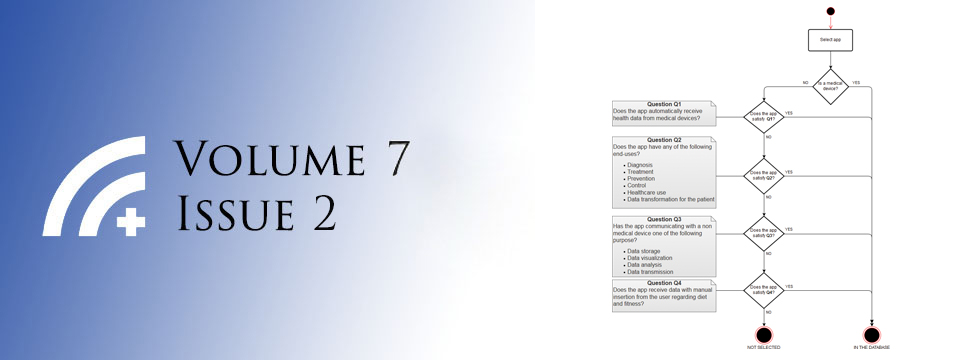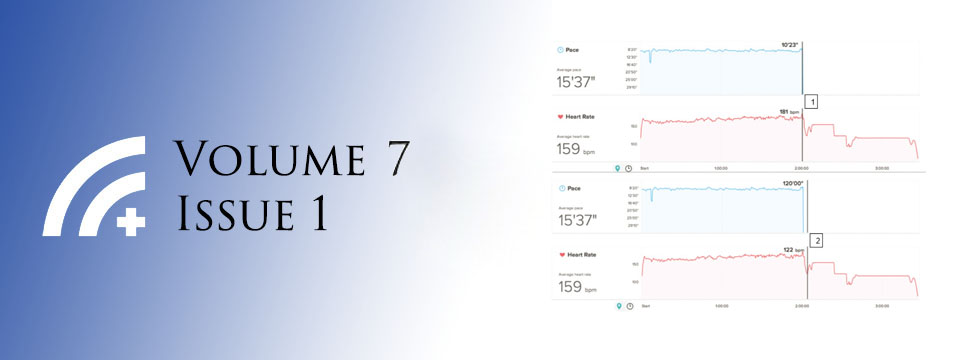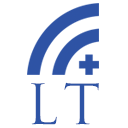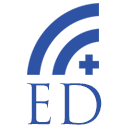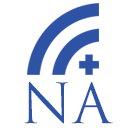Posted on Jul 28, 2016 in Original Article |
M Sood, Additional Prof.1, RK Chadda, Prof.1, K Sinha Deb, Assistant Prof.1, R Bhad, Senior Resident1, A Mahapatra, Senior Resident1, R Verma, Assistant Prof.1, AK Mishra, Assistant Prof.1
1Department of Psychiatry, All India Institute of Medical Sciences, Ansari Nagar, New Delhi 110029, India
Corresponding Author: soodmamta@gmail.com
Journal MTM 5:2:33–37, 2016
doi: 10.7309/jmtm.5.2.5
Introduction: Mobile apps are used as an aid in the mental health services in many high income countries. The present study was conducted to assess frequency of mobile phone use amongst patients with mental illness.
Methods: Patients attending psychiatric outpatient department of a public funded tertiary care hospital in India were assessed for use of mobile phone and its possible utility in mental health service delivery using a semi structured questionnaire.
Results: The study had 350 subjects, out of whom 307 (87.7%) reported using mobile phone on a regular basis. Mobile phone was used for phone calls, sending and receiving short text messages (SMS) recreation, and accessing social networking sites. Most of the users agreed that the mobile phone could be used as an aid in mental health service delivery, and expressed willingness to receive educational messages.
Conclusion: Patients with mental illness attending psychiatric outpatient services in India use mobile phones and are willing to use as a treatment aid.
Posted on Jul 28, 2016 in Perspective Pieces |
Cassie A. Ludwig, BS1, Mia X. Shan, BS, BAH1, Nam Phuong H. Nguyen1, Daniel Y. Choi, MD1, Victoria Ku, BS1, Carson K. Lam, MD1
1Byers Eye Institute, Stanford University School of Medicine 2405 Watson Drive, Palo Alto, CA, USA 94305
Corresponding Author: carsonl@stanford.edu
Journal MTM 5:2:44–50, 2016
doi: 10.7309/jmtm.5.2.7
The current model of ophthalmic care requires the ophthalmologist’s involvement in data collection, diagnosis, treatment planning, and treatment execution. We hypothesize that ophthalmic data collection and diagnosis will be automated through mobile devices while the education, treatment planning, and fine dexterity tasks will continue to be performed at clinic visits and in the operating room by humans. Comprehensive automated mobile eye diagnosis includes the following steps: mobile diagnostic tests, image collection, image recognition and interpretation, integrative diagnostics, and user-friendly, mobile platforms. Completely automated mobile eye diagnosis will require improvements in each of these components, particularly image recognition and interpretation and integrative diagnostics. Once polished and integrated into greater medical practice, automated mobile eye diagnosis has the potential to increase access to ophthalmic care with reduced costs, increased efficiency, and increased accuracy of diagnosis.
Posted on Jul 28, 2016 in Letter to the Editor |
Michitaka Yoshimura, MA1, Momoko Kitazawa, MA1, Taishiro Kishimoto, MD, PhD2,3*, Masaru Mimura, MD, PhD2, Kazuo Tsubota, MD, PhD1
1Department of Ophthalmology, Keio University School of Medicine, Tokyo, Japan; 2Department of Neuropsychiatry, Keio University School of Medicine, Tokyo, Japan; 3Hofstra Northwell School of Medicine, Hempstead, New York, USA
*Taishiro Kishimoto is not a recipient of a research scholarship.
Corresponding Author: t-kishimoto@keio.jp
Journal MTM 5:2:51–53, 2016
doi:10.7309/jmtm.5.2.8
Although mobile technologies, devices and software have enriched our lives in many ways, including medical applications, the potential negative effects are often overlooked. A growing amount of evidence suggests that there are potential negative impacts of smartphones on biophysiological processes, especially on sleep.1–6 Studies have shown that blue lights, especially the short-wavelength light (380 ~ 495 nm) emitted from smartphone monitors, disrupts circadian rhythm by retarding nocturnal melatonin production.7
Posted on Jul 28, 2016 in Editorial |
Rahul Chakrabarti, Dr1
1Chief Editor, Journal of Mobile Technology in Medicine
Journal MTM 5:2:1, 2016
doi:10.7309/jmtm.5.2.1
Dear Readers,
7th July, 2016
It is with great pleasure that we present the second issue of the Journal of Mobile Technology in Medicine for 2016 with excellent examples of translational mHealth research. One of the great challenges confronting global health care is accessibility and affordability to diagnostic technologies and timely referral to specialist services.
In this issue, Ludwig et al provide a brief overview of the existing technologies available to aid automated diagnostic and referral in the field of the ophthalmology. The authors provide a summary of a potential pathway for automated ophthalmic care through the use of mobile diagnostic devices that can facilitate image collection. The first step in the clinical algorithm is safe and accurate image capturing technologies. The authors highlight examples of mobile diagnostic adapters developed by the Peek Vision group (UK), D-eye system (Italy), and iExaminer (Welch Allyn) which convert the modern smartphone into an anterior and posterior segment image capturing device. These images can then be collated, filtered for quality, and interpreted by automated software and results can, in theory, be graded in real-time to provide risk stratification and triaging of patients.
Whilst the concept of automated diagnostics in ophthalmic care is not new, the challenge over the last 20 years has been to develop algorithms that meet sensitivity and specificity criteria to be safe for day to day real world clinical practice.1 Ludwig et al succinctly illustrate examples whereby the two common modes of automated image analysis, neural networks and deep learning are now meeting the level of reliability and reproducibility for safe clinical practice. Importantly, Ludwig et al highlight examples of the utility of automated grading technologies developed for two of the most common, yet insidious causes of global vision loss, glaucoma and diabetic retinopathy.
The evolution of automated diagnostic technologies now truly positions health care in the 21st century to reach and provide care to a greater population breadth than ever before. The benefits of such technologies will always be balanced by the caveats of the necessity for clinical correlation by a specialist or appropriately trained medical professional, the costs of equipment, and the need for further evidence in larger population based studies. This is particularly poignant for automated software based learning. Nevertheless, there is a clear value in ability of these technologies to facilitate early diagnosis, triaging and timely referral of patients in rural and remote and low-resourced settings, where the greatest burden of global morbidity exists.
Reference
1. Gardner GG, Keating D, Williamson TH, Elliott AT. Automatic detection of diabetic retinopathy using an artificial neural network: a screening tool. The British journal of ophthalmology. Nov 1996;80(11): 940–944. 
Posted on Jul 28, 2016 in Perspective Pieces |
Disha Kumar, BS, BA1,2, Monisha Arya, MD, MPH3,4
1Rice University, 6100 Main Street, Houston, Texas 77005, USA; 2School of Medicine, Baylor College of Medicine, One Baylor Plaza, Houston, Texas 77030, USA; 3Department of Medicine, Section of Infectious Diseases and Section of Health Services Research, Baylor College of Medicine, One Baylor Plaza, Houston, Texas 77030, USA; 4Center for Innovations in Quality, Effectiveness and Safety, Michael E. DeBakey VA Medical Center 2002 Holcombe Blvd (Mailstop 152), Houston, Texas 77030, USA
Corresponding Author: disha.kumar@bcm.edu
Journal MTM 5:2:38–43, 2016
doi: 10.7309/jmtm.5.2.6
Background: For health campaigns, pretesting the channel of message delivery and process evaluation is important to eventual campaign effectiveness. We conducted a pilot study to pretest text messaging as a mHealth channel for traditionally underserved patients.
Aims: The primary objectives of the research were to assess 1) successful recruitment of these patients for a text message study and 2) whether recruited patients would engage in a process evaluation after receiving the text message.
Methods: Recruited patients were sent a text message and then called a few hours later to assess whether they had received, read, and remembered the sent text message.
Results: We approached twenty patients, of whom fifteen consented to participate. Of these consented participants, ten (67%) engaged in the process evaluation and eight (53%) were confirmed as receiving, reading, and remembering the text message.
Conclusion: We found that traditionally underserved and under-researched patients can be recruited to participate in a text message study, and that recruited patients would engage in a process evaluation after receiving the text message.
Posted on Jul 13, 2016 in News |
The American Diabetes Association has announced a new competition for app developers proposing cognitive computing solutions for diabetes. Clinical and research data from the ADA’s vast repository will be made available via IBM Watson Health.
Announced at the ADA’s 76th Scientific Sessions in June, app developers will have the chance to reimagine how diabetes is managed through Watson’s data analysis. Watson will enable healthcare providers, researchers, institutions and patients to all benefit from more streamlined and efficient data analysis. Data is deidentified and shared via Watson’s cloud system, enabling secure and timely access for app developers across all facets of healthcare to explore app-based solutions for diabetes prevention, treatment and management.
“Patients, caregivers and healthcare providers need access to cognitive tools that can help them translate that big data into action, and Watson can offer access to timely, personalized insights,” said Kyu Rhee, MD, MPP, and IBM Watson Health’s chief health officer. As 29 million Americans have diabetes according to the Centers for Disease Control and Prevention, with 415 million adults worldwide, the opportunities from this partnership will help accelerate the fight against this chronic disease.
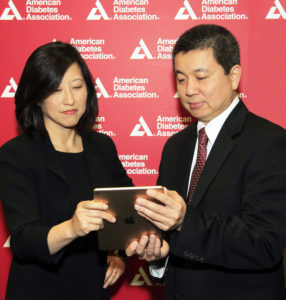
ADA SVP of medical innovation Jane Chiang, MD and IBM Watson Health chief health officer Kyu Rhee, MD at the ADA’s 76th Scientific Sessions. (Photo Credit: A.J. Sisco/Feature Photo for IBM via IBM’s website)
For competition details, head to http://watsonhealth.ibm.com/challengediabetes.
Source: https://www-03.ibm.com/press/us/en/pressrelease/49903.wss
By: Louise Teo

